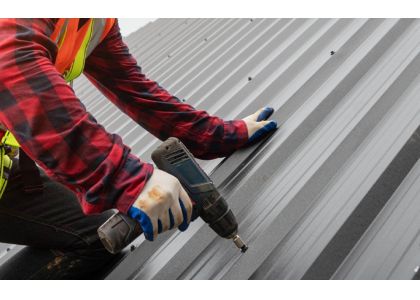
The process of painting screws mainly includes several key steps: surface pre-treatment, painting, baking, and subsequent treatment.
Firstly, surface pre-treatment is an important step before painting. It directly affects the adhesion of the paint film and the overall quality. This step usually includes processes such as oil removal, rust removal, and phosphating. Oil removal is to remove grease and dirt from the screw surface to ensure that the paint can adhere firmly. Rust removal is to eliminate rust on the screw surface to prevent it from affecting the performance of the coating. Phosphating forms a dense phosphating film on the screw surface, improving the adhesion and corrosion resistance of the coating. These pre-treatment steps require strict control of time and temperature to ensure the treatment effect.
Next is the painting step. According to the specific requirements and usage of the screws, select the appropriate painting type, such as epoxy resin painting, polyester painting, etc. These painting types have different characteristics and advantages, and need to be selected based on actual needs. During painting, use professional spray guns or coating machinery to evenly spray the paint on the screw surface. During the spraying process, control the distance between the spray gun and the screw surface and the spraying speed to ensure uniform thickness of the paint film and no run-off phenomenon.
Then comes the baking step. Baking is a crucial part of the painting process, as it determines the hardness and adhesion of the paint film. Place the sprayed screws in the baking oven and set the appropriate baking temperature and time according to the type of paint selected and the baking conditions provided by the manufacturer. During the baking process, the paint film undergoes a chemical reaction, forming a hard coating. After baking, the screw surface will present a smooth and bright appearance.
Finally, there are subsequent treatment steps. These include checking the paint film quality, removing excess paint, and performing necessary polishing treatment, etc. Checking the paint film quality is to ensure that the painting effect meets the requirements. Removing excess paint is to make the screw surface smoother and more aesthetically pleasing. Polishing treatment can enhance the glossiness and feel of the paint film, further improving the overall quality of the product.
In summary, screw painting is a complex and meticulous process that requires strict control of process parameters and operational norms in each link. Only in this way can the screws after painting have good appearance quality and performance.